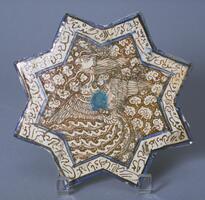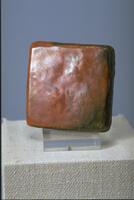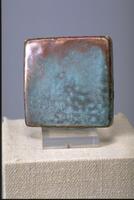62 UMMA Objects
62 UMMA Objects

Iranian (Iranian)
Star-shaped tile with molded floral design
1400 – 1599
Transfer from the College of Architecture and Design
1972/2.135
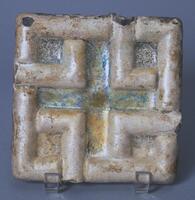
Syrian
Square tile with molded cross design
1100 – 1299
Transfer from the College of Architecture and Design
1972/2.145

Iranian (Iranian)
Tile fragment with inscription
1100 – 1299
Transfer from the College of Architecture and Design
1972/2.152
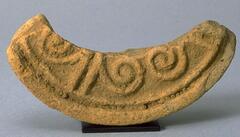
Chinese (Chinese (culture or style))
Roof Tile
2nd century
Gift of Dr. and Mrs. Peter Greiner
1979/2.7
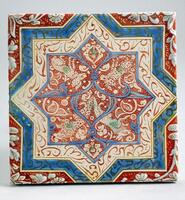
Iranian (Iranian)
Tile
20th century
Transfer from the School of Art and the College of Architecture and Urban Planning.
1997/1.257
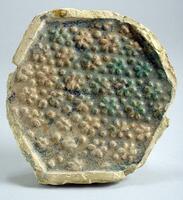
Iranian (Iranian)
Tile
8th century
Transfer from the School of Art and the College of Architecture and Urban Planning.
1997/1.255
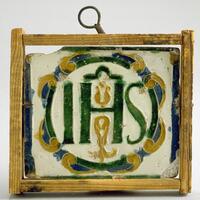
17th century
Transfer from the School of Art and the College of Architecture and Urban Planning
1997/1.254
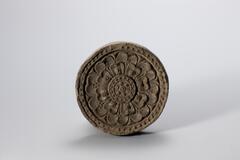
Korean (Korean (culture or style))
Roof-end tile with lotus design
676 – 935
On loan from the YooGeum Museum, Seoul, Korea
LTL2009.7.7
Loading…
